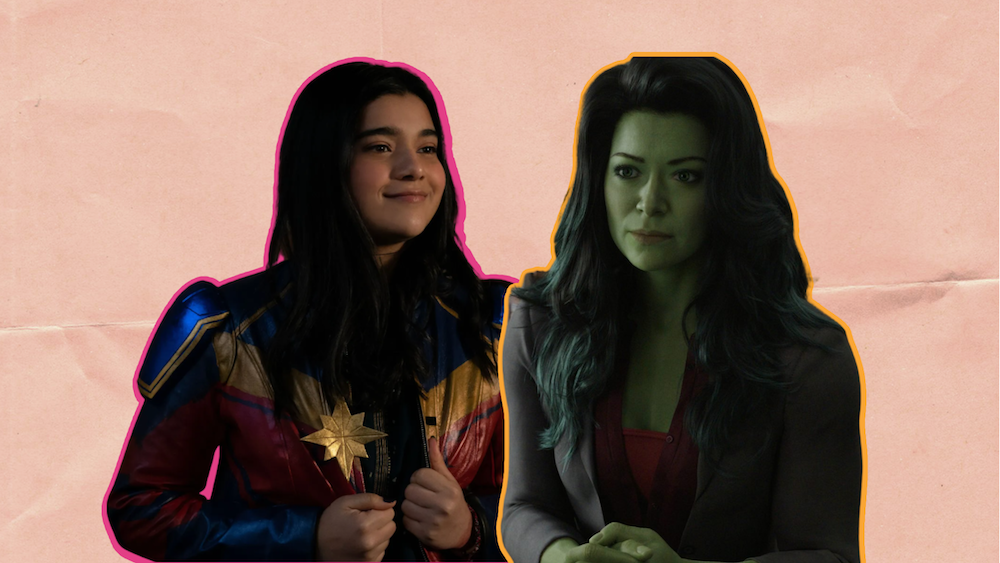As a comic book fan, I’ve noticed many superheroes are often depicted as loners with shameful secrets. Once their cover is blown, these heroes become larger-than-life, gods, and eventually targets. Even with the help of their sidekicks, superheroes carry a weight on their shoulders as they navigate their worlds with a secret identity.
But the latest Marvel Cinematic Universe projects have changed. The end of phase three gave us Black Panther and shows us T’Challa, his family, and his country—all of whom are aware of their Black Panter. Residents of Wakanda are shown to be capable of fending for themselves and even challenging T’Challa. M’Baku isn’t always on board with T’Challa’s plans, but he and the Jabari tribe fight, coming to Wakanda’s assistance. Kilmonger, the main antagonist in Black Panther, also shows how communities have nuanced and complicated relationships.
Ant-Man gave us Scott Lang, who also wouldn’t have made it without his chosen family. Luis, Kurt, and Dav. Hank Pym and Hope van Dyne serve as his mentors, and of course, Maggie, Jim, and Cassie.
Marvel’s phase four projects really up the ante by showing us how the newest Avengers conduct themselves in the world. In Ms. Marvel, Kamala Khan only has powers because of her family and ancestry. Leaning into her family’s trauma is not only the key to their healing but also to improve her own abilities.
She-Hulk: Attorney At Law also chose to emphasize community and chosen family. Jennifer Walters is yet another character who gets her powers from a relative: her cousin, Bruce Banner.
It’s understandable that we see a bit more of the characters who make up Kamala and Jennifer’s worlds because both are TV series. However, this isn’t something we saw in Marvel phase three projects.
Iron Fist, Jessica Jones, The Punisher, and Daredevil mostly featured troubled relationships and dysfunctional families. Luke Cage showed us a bit more of Harlem but also addressed the harsh systemic issues, resulting in extremely complicated and often fractured relationships.
With Ms. Marvel and She-Hulk, we see a lighter side of our characters even in the midst of their struggles. Kamala deals with school, crushes, and regular teen pressures with the help of a close-knit, supportive family. Walters also deals with career and hero inconveniences, as well as dangerous situations, with the help of her friends, colleagues, and family.
Both heroes have many supporters and confidants even through some of their most difficult challenges. Kamala has the Red Daggers and Kamran. Jessica has Nikki, Wong, and even Augustus, who ultimately helps her find proper clothes.
Yes, there are many superheroes who don’t hide their identities: Jessica Jones, Steve Rogers, T’Challa, Tony Stark, Luke Cage, and Thor are some prominent examples.
Kamala Khan’s identity as a Ms. Marvel is known to those who are closest to her. (Consequently, there’s no way her neighbors haven’t seen purple flashes of light without putting two and two together). Jennifer Walters is only ever able to get another job because of her superpowers. Thankfully, this saves them from having to hide their abilities from those they care about and trust most.
What I’ve taken from both of these shows is that no one works alone. Asking for help isn’t a weakness, and choosing to show mercy on those who wish to do wrong is okay as long as it doesn’t betray our values or ourselves. Both Kamala and Jessica end up learning from those they disagree with. Marvel’s phase 4 projects are clearly promoting a healthier message for the newest crop of Avengers, and that’s something we can all get behind during times like ours.

